Marzia Migliora. Seven Imaginative Exhibitions 1993–2024
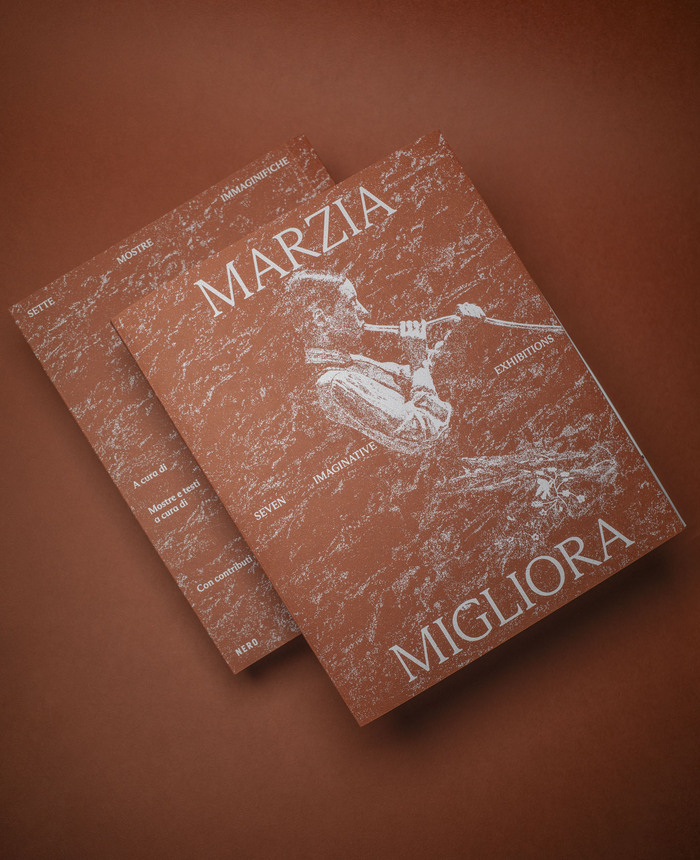
License: All Rights Reserved.

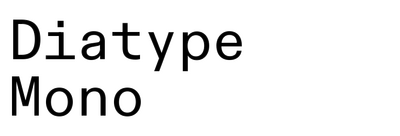
Marzia Migliora – Seven Imaginative Exhibitions is Marzia Migliora’s first monograph, bringing together 115 artworks selected from a body of work spanning more than thirty years, from 1993 to the present. Conceived as a concept book in which the body of works is reinterpreted through seven recurring themes in Marzia Migliora’s practice, the book consists of seven exhibitions on paper, each curated by different curators who envisioned them in emblematic locations within the artist’s biography, thereby configuring a personal emotional geography that spans Italy—from her birthplace of Alessandria to the salt mines of Sicily. The exhibitions are informed by themes such as rurality, the museum as a place of classification, devices for viewing and perceiving reality, community-building, extractivism, patriarchal oppression, and interspecies metamorphoses related to the passage between life and death.
Wrapping up this journey in seven exhibitions are the opening and closing notebooks that have always accompanied Migliora’s practice, preserving the traces of ideas and research that have inspired existing works and that compose a conceptual and methodological resource to draw upon for future projects.
The seven exhibitions flow through the book on a continuous level, with a consistent layout, even in its variants. Technical information and a brief description of the work, necessary for understanding it, are included in the band at the bottom of the page. In addition to the works, each exhibition brings together reprinted texts, each with a custom-made layout, arranged in a grid reminiscent of a catalogue card, part of an archive.
The curatorial text for each of the seven exhibitions is printed on grey Fedrigoni Woodstock paper, a reference to the paper of Migliora's working notebooks. It is enhanced by the use of metallic Pantone. The images that accompany the text, tinted in metallic Pantone, are backstage material, illustrations, concepts of works that the artist has carefully selected, sometimes playing with irony or contrasts. They are placed in dialogue with the text. The cover, silk-screened in white on Favini Tokyo Rust paper, features a work by the artist (“L’anello forte”, 2019) reproduced in a pattern of fixed-size dots. The research for the printing materials focused on elements that recall the artist’s practice: the earth (in the materiality and colour of the cover), the paper of the notebooks (the seven 8-page inserts containing the curatorial texts), the flexibility and softness of the volume as part of a creative process that is constantly open and moving.
The book, curated by Anna Cestelli Guidi and Matteo Lucchetti, gathers over thirty years of the artist’s production. It includes texts and exhibitions curated by: Diana Campbell, Anna Cestelli Guidi, Francesca Comisso and Nicoletta Leonardi, Maja and Reuben Fowkes, Matteo Lucchetti, Adrian Piper, and Andrea Viliani; and contributions by Eva Brioschi, Emanuele Coccia, Marzia Migliora, Elena Pugliese, Davide Quadrio, and Vandana Shiva. Printed on Favini Tokyo (cover) Sappi GalerieArt Volume + Fedrigoni Woodstock (inside).
The typography uses ABC Arizona Mix, often with its alternate monocular a, and ABC Diatype Mono, both from Dinamo.
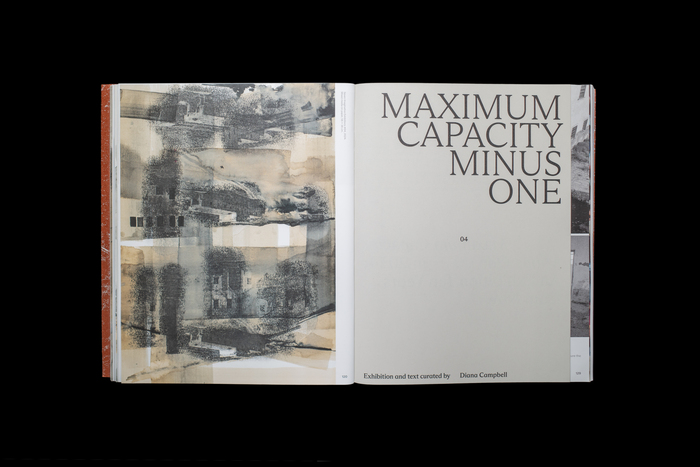
License: All Rights Reserved.

License: All Rights Reserved.
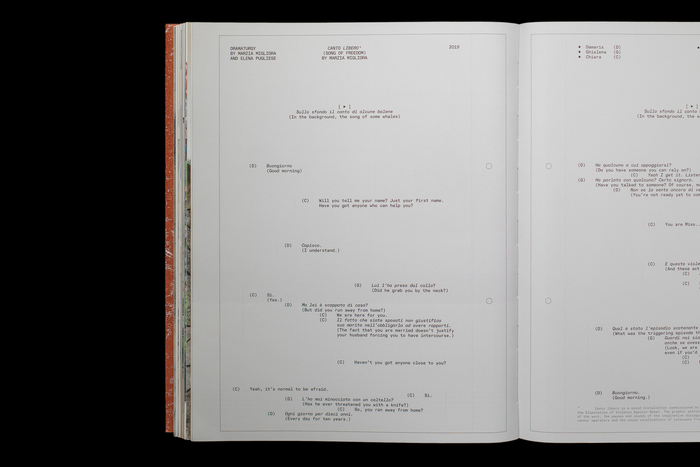
License: All Rights Reserved.
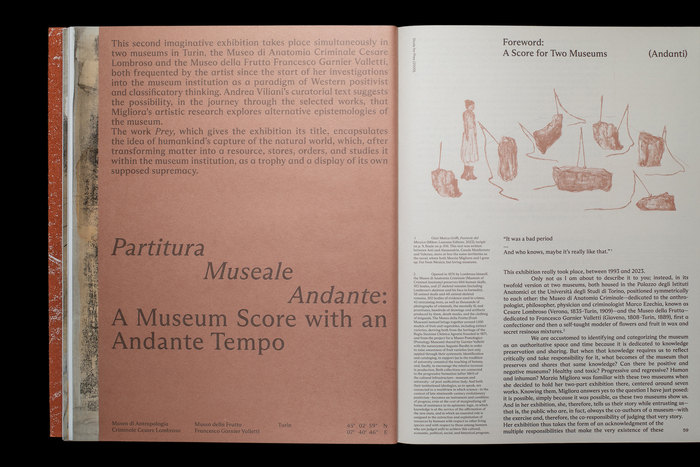
License: All Rights Reserved.
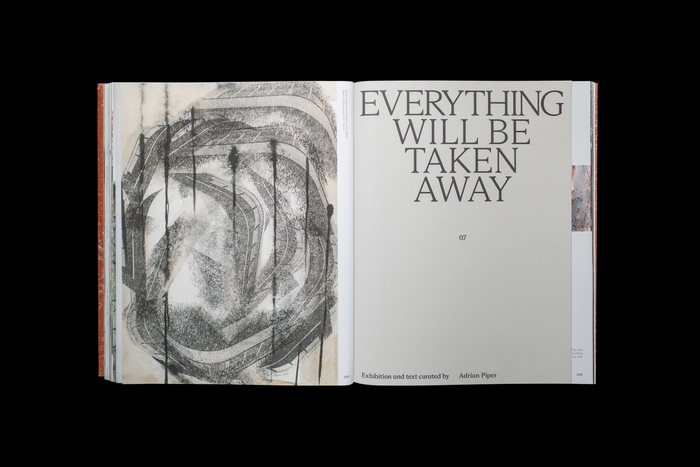
License: All Rights Reserved.
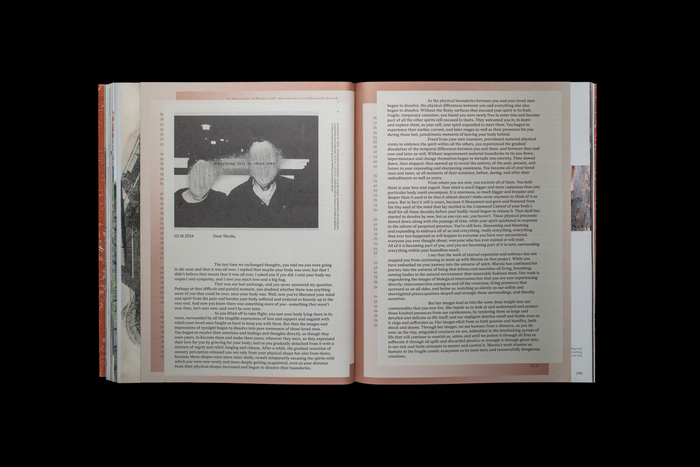
License: All Rights Reserved.
This post was originally published at Fonts In Use